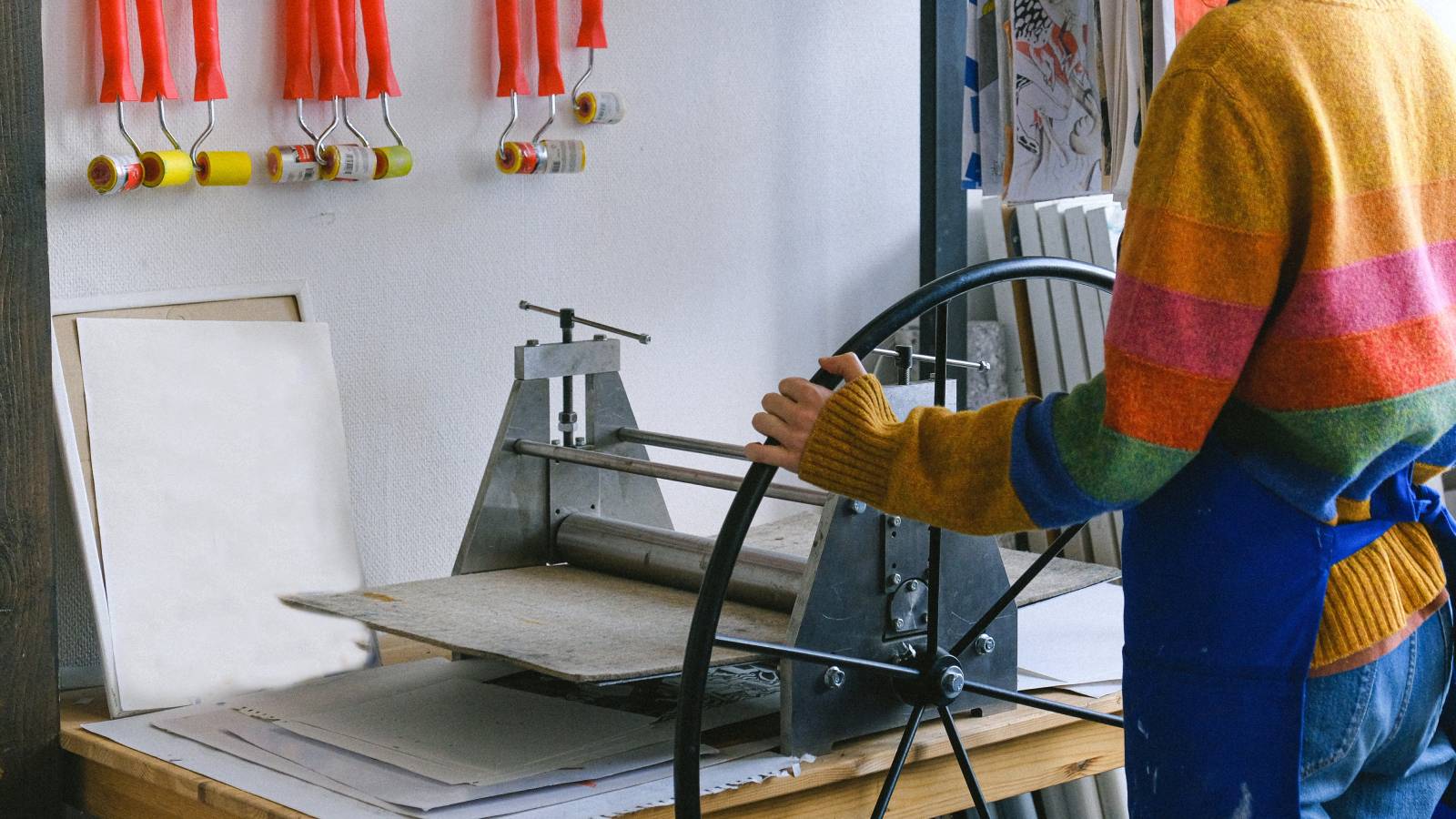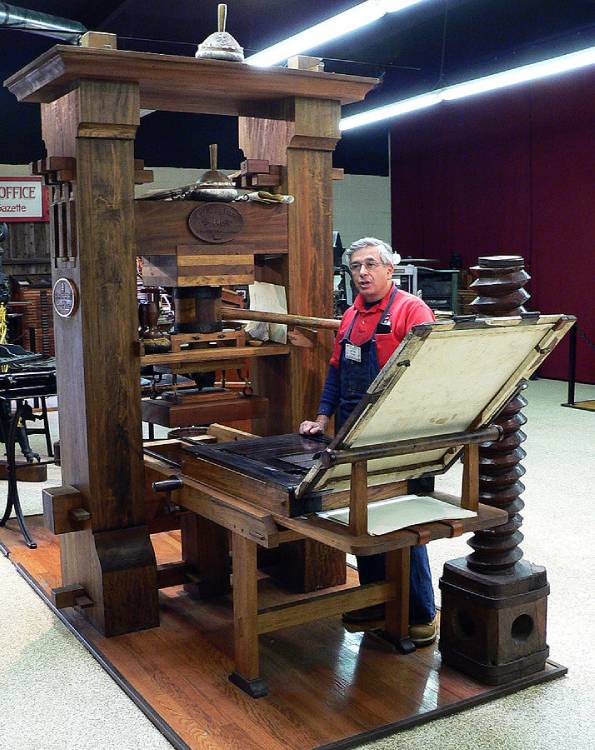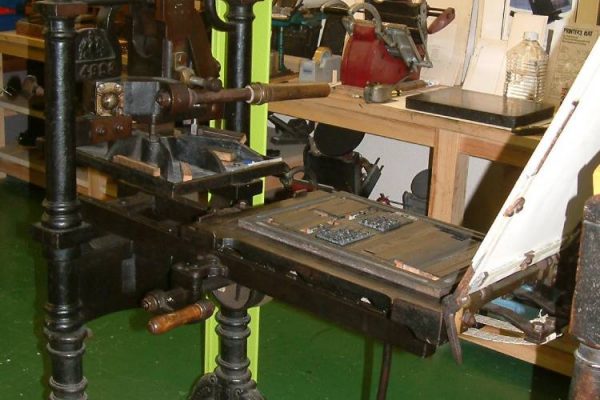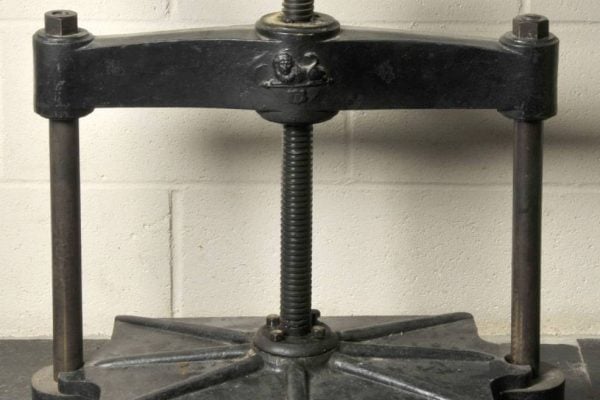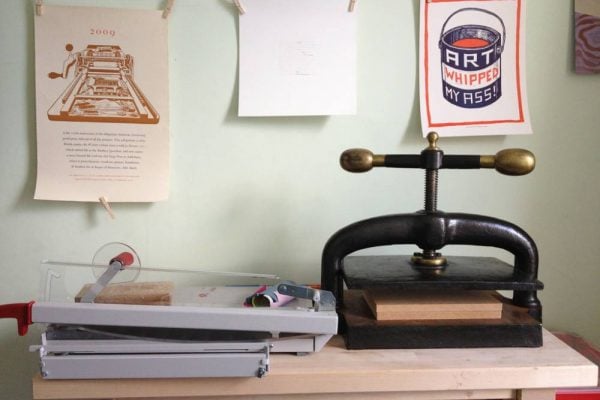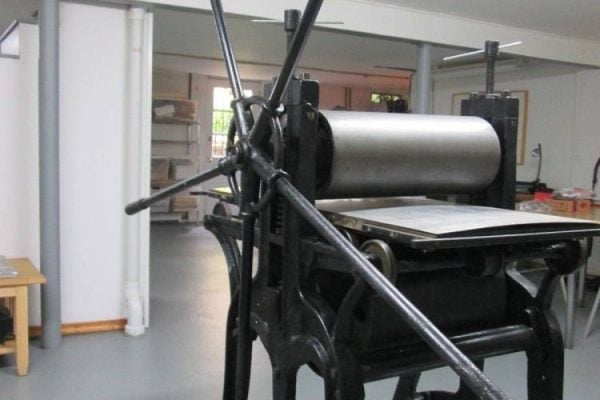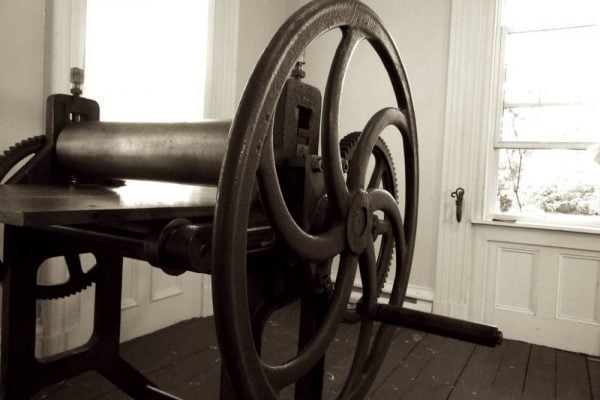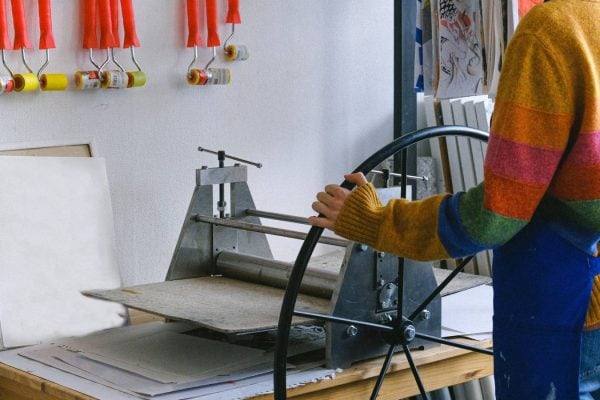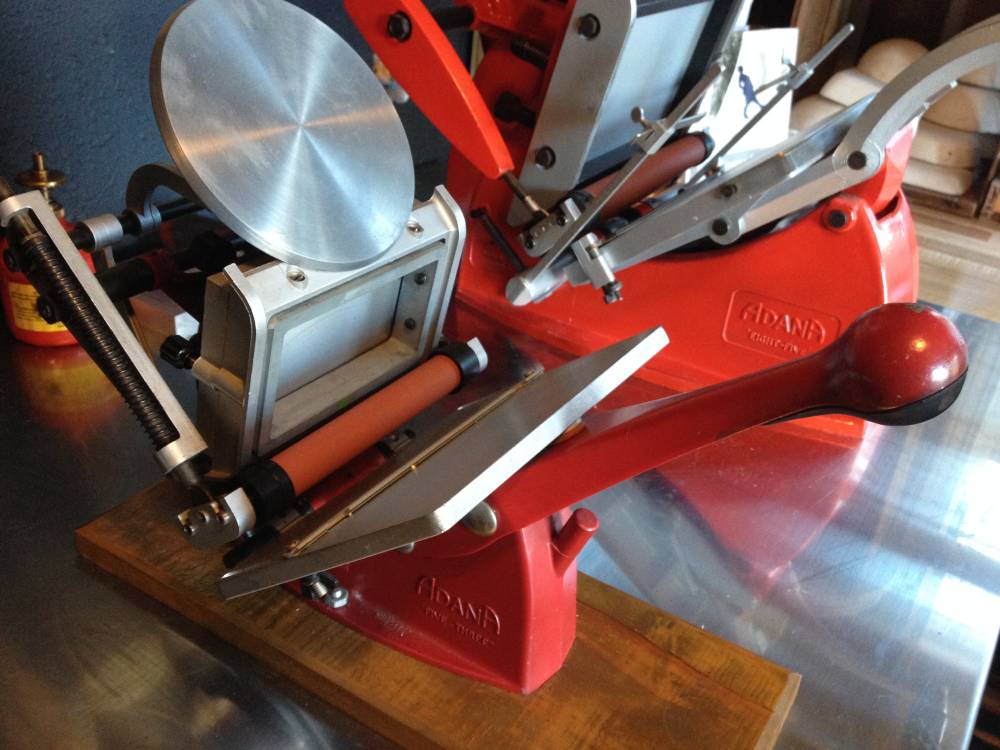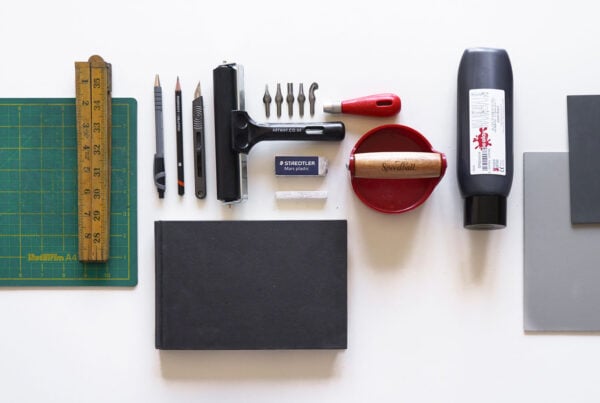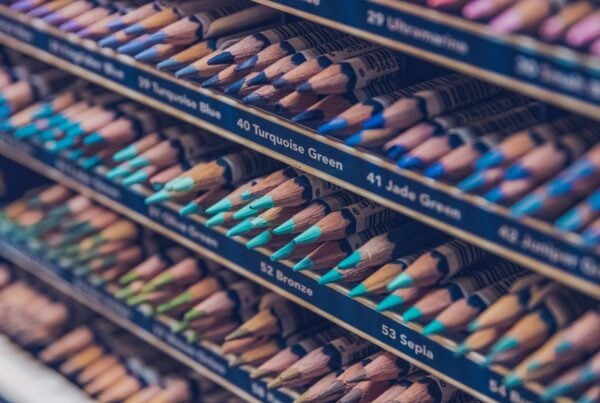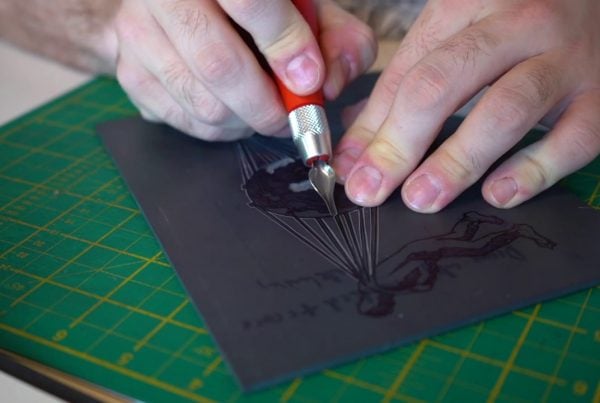Article commissioned by Hickman Design, Author – J Hyde
When it comes to printmaking, there are various options to use depending on what you want to print and more importantly, what type of material you want to print onto. Depending on the printmaking technique you choose, you’ll need a specific type of printmaking press (screen printing is not included in this article), which is what we’ll be looking at in this article. But first, let’s take a closer look at the printmaking press itself.
Table of Contents
Etching Press For Sale UK
| Etching Press | Link To Buy | Press Bed Length (MM) |
|---|---|---|
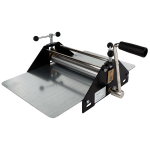 FOME : SCHOOL ETCHING PRESS 250MM | Buy On Jacksons Art | 250 |
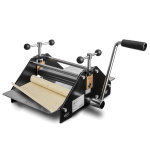 FOME : SCHOOL ETCHING PRESS 180MM | Buy On Jacksons Art` | 180 |
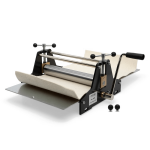 FOME : SCHOOL ETCHING PRESS 300MM | Buy On Jacksons Art` | 300 |
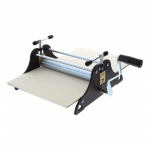 RGM 10.5 X 16.5 Etching Press | Buy On Amazon | 420 |
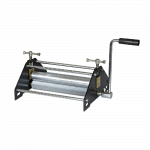 Creative Mark School Etching Press | Buy On Amazon | 420 |
Lino Relief Printing Press For Sale UK
| Relief Press | Link To Buy | Size |
|---|---|---|
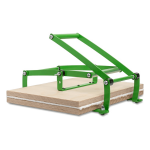 POOKI RELIEF PRINTING PRESS : A3 | Buy On Jacksons Art | A3 |
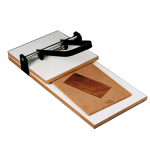 FOME : MANUAL LINO / WOODCUT PRESS | Buy On Jacksons Art` | 200MM x 250MM |
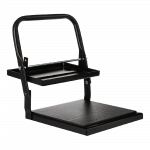 Speedball Block Printing Press | Buy On Amazon | 200MM x 150MM |
Gutenberg Press
The printmaking press is a mechanical device used to apply the necessary pressure to an inked surface that’s sat upon a fabric or paper, allowing the ink to transfer.
The invention of the printing press by Johannes Gutenberg in 1440, made for huge improvements for printmakers and the distribution of both literature and imagery henceforth. The Gutenberg printing press could produce around 3600 pages of work per day – a far cry from the screw presses which were in existence at the time, which had already brought people forward from the days of having to rub or brush the block or plate in order to transfer the printed design.
Fast forward to today, there are numerous types of printmaking press, all suited to a different type of technique. Each printmaking technique, and thus each type of printmaking press, is suited to different artistic values, specific products or services. In the following text, we’re looking more closely at the lino printing presses, the intaglio press, litho press and the letterpress.
Relief / Lino Printing Press
The Albion press is a great example of an early relief printing press. This model is an iron hand printing press, originally from the 1820’s. It worked via a simple toggle action. They were still manufactured well into the 1930’s and are actually still used to this day, mainly by publishing houses in the UK, which print fine press editions of certain books, or by fine art printmakers. While they can be great for relief printing techniques such as lino and block printing, they are extremely expensive due to their vintage nature and size. However, nowadays there are more and more producers of small-scale, affordable variants of this type of hand printing press.
Next up, we have the nipping or bookbinding press. These are great for relief, block and lino printing. They were originally used for making the gutters or ‘hinges’ on the covers of hardback books. Nowadays they are often used to flatten and fold pages, preventing warpage, as well as for lino/relief printing. While nipping/bookbinding presses are great for starting out, as they’re usually fairly economical, they can sometimes struggle to provide the pressure needed for block printing.
Intaglio / Etching Press
Intaglio presses are used for techniques like etching, aquatint, mezzotint, engraving and drypoint. They are rather simple, encompassing two heavy rollers with a flat, hard bed suspended in between. In order to operate the press, the user must operate one of the rollers, applying pressure to the matrix and thus transferring the design onto a dampened sheet of paper. Usually a piece of felt or a thin blanket is used to ensure that the pressure is spread evenly and the paper “picks up” all of the ink from the matrix. Set to a lower pressure output, intaglio presses can also be used for lino and relief printing.
There is a great difference between the modern intaglio press and the older versions. While the modern intaglio press gets the job done, the new designs aren’t quite as good as the older ones, and can actually be a little pricey. The older intaglio presses, on the other hand, are usually made from old cast iron – although this makes them strong and sturdy, it also means they are very cumbersome. They are also extremely pricey, so it’s worth looking at the available space, and of course the budget you have to work with.
Lithography Press
While intaglio presses can be used for many different techniques, a lithography press is used exclusively for surface printing from a smooth lithographic limestone or metal plate. Most books and magazines today are printed using offset lithography. There are two types of printing presses used in the lithographic process, depending on whether the design is transferred directly onto paper or onto a rubber roller. The latter doesn’t require the design to be reversed (as with most other printmaking techniques), which allows the possibility of freehand drawing directly onto the prepared lithographic stone or metal plate.
Due to the weight of the stone itself, most lithography presses are quite bulky and expensive, so they are not usually handy for smaller studio spaces or beginner printmaking.
Letter Press
The Adana letterpress is great for letterpress as well as small relief and block prints. These were originally made for hobby printers, however, that hasn’t stopped them being utilised in a commercial fashion. The earlier models of this type of letterpress were actually flat-bed presses, but they’ve since become famous for their ‘eight-five’ model, and other vertical style presses. These are perfect for those starting out but they can also be a little pricey, making them a tough option if you don’t have the funds to spare. For small-format block printing, a simple wooden printmaking baren can be a great budget option.
Find The Printing Press That’s Right For You
There are numerous different styles of printmaking press, all of which serve their own purpose. Finding the right for you is paramount to successful printmaking. If you have any more questions regarding the different styles of press and what you need, simply contact us today.




